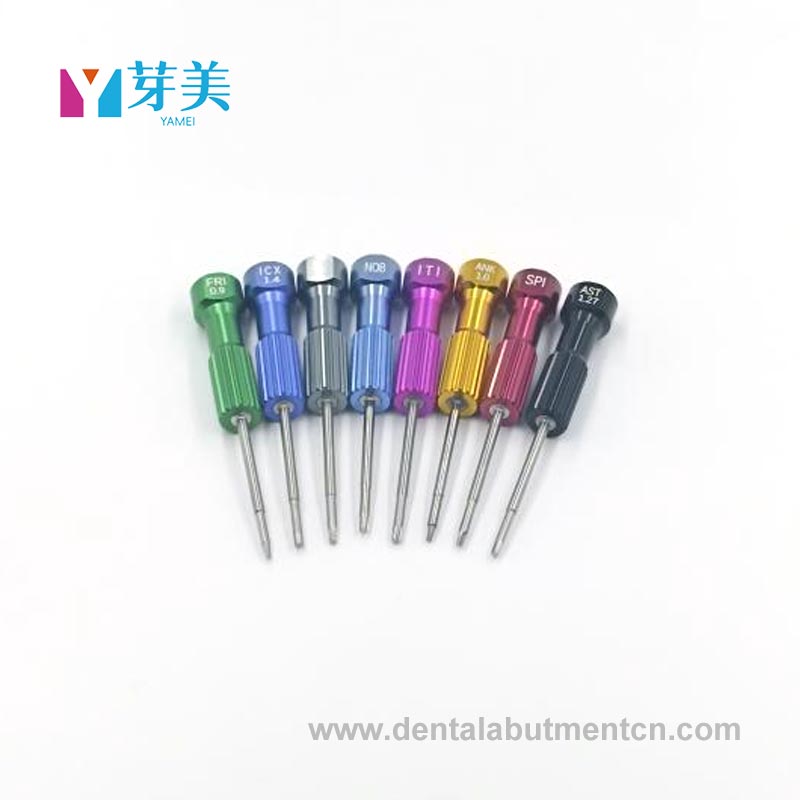How Does a Manual Torque Wrench Elevate Precision and Safety?
2025-10-11
In a world increasingly driven by precision engineering, ensuring the correct torque in assembly and maintenance tasks is critical. A manual torque wrench remains an indispensable tool for professionals and hobbyists alike, enabling controlled and repeatable tightening of fasteners.
What Is a Manual Torque Wrench?
A manual torque wrench is a mechanical tool designed to apply a specific torque to a fastener such as a nut or bolt. Unlike electronic or digital torque tools, it relies purely on mechanical components (springs, torsion bars, or beam indicators) to measure and limit torque.
Key Features & Specifications
Below is a representative specification sheet which many high-quality manual torque wrenches follow. (Note: actual values depend on model and torque range.)
| Parameter | Typical Value / Description |
|---|---|
| Drive Size | 1/4", 3/8", 1/2", 3/4", 1" square drive adapter |
| Torque Range | e.g. 5–25 N·m for small; 40–200 N·m for mid; up to 1000 N·m for large |
| Accuracy | ± 3% typical (ISO/ASTM standards) |
| Scale Type | Dual (Nm / ft-lb) or single unit |
| Click or Slip Mechanism | Audible “click” or slipping clutch to indicate reached torque |
| Material / Finish | Alloy steel body, chrome vanadium, corrosion resistance coating |
| Length / Dimensions | Depending on drive size; longer for higher torque |
| Weight | Varies with size and build quality |
That typical specification table offers a snapshot of the critical parameters that buyers compare when selecting a manual torque wrench.
Center Message / Purpose
This article aims to help users fully grasp the importance, selection criteria, proper usage, maintenance practices, and future trends of manual torque wrenches — to ultimately make a well-informed decision or usage plan.
Why Use a Manual Torque Wrench?
Understanding the "why" behind this tool underscores its value in many technical fields.
Accuracy and Repeatability
Bolted joints often require precise torque to ensure structural integrity, proper clamping, and predictable performance. Manually applying torque via judgment or guessing introduces much greater variability—and risk of over- or under-tightening.
Safety and Reliability
Under-torqued fasteners may loosen under vibration or dynamic load; over-torqued ones may strip threads, distort parts, or cause fatigue failure. A manual torque wrench provides a controlled and safe approach for critical assemblies.
Versatility and Cost Efficiency
Compared with electronic torque tools, manual torque wrenches are simpler, often more robust, require no batteries or electronics, and have lower total cost of ownership. In many shop, field, or maintenance environments, manual versions remain the preferred choice.
Compliance and Standards
Many industrial standards and quality systems mandate torque-controlled assembly (e.g. automotive, aerospace, heavy machinery). Manual torque wrenches — especially those traceable to calibration — help meet those requirements.
Ease of Inspection and Calibration
Mechanical torque wrenches can be periodically calibrated and verified using torque calibration benches. Their simplicity makes it easier to audit and maintain their accuracy over time.
How to Choose, Use, and Maintain a Manual Torque Wrench
This section is organized into four key nodes: (A) How to choose, (B) How to use properly, (C) How to maintain and calibrate, (D) Emerging trends and future prospects.
A. How to Choose the Right Manual Torque Wrench
-
Determine the torque range required
Choose a model whose working range lies within 20%–100% of its full scale (the so-called “20–100 rule”) to preserve accuracy and avoid under-utilization. -
Select appropriate drive size
Common drive sizes (¼", 3⁄8", ½", etc.) correspond to socket sizes. Larger drive sizes handle higher torque and heavier loads. -
Decide on mechanism type
-
Click (ratcheting) type: gives a tactile “click” when the set torque is reached.
-
Beam type: uses a pointer and scale—simplest form, minimal parts.
-
Slipping clutch type: beyond the set torque, it slips to avoid over-torquing.
-
-
Check accuracy and calibration certification
Look for ISO/ASTM or equivalent calibration certificates (± 3% or better often). -
Inspect build quality and materials
Alloy steel, corrosion-resistant coating, solid handle, secure locking of torque setting, robust ratchet head all matter. -
Ease of adjustment and readability
Clear scales in dual units (Nm, ft-lb), locking collar to prevent accidental changes, ergonomic grip. -
Accessories and support
Calibration services, extension bars, adapters, torque certificates, warranties.
B. How to Use a Manual Torque Wrench Properly
-
Set the correct torque value on the scale per manufacturer’s recommendation.
-
Use in the correct direction — torque wrenches usually work in one direction only; avoid applying force in the non-calibrated direction.
-
Apply smooth, gradual force — do not jerk or snap.
-
Stop at the “click” or slip — once the tool signals the torque, stop applying force.
-
Avoid excessive force beyond the setting — do not use the wrench as a breaker bar.
-
Return to lowest setting after use to relieve spring tension and preserve mechanism.
-
Store in a protective case to avoid bumps or misalignment.
-
If uncertain, use a torque calibration device to verify actual output.
C. How to Maintain, Calibrate, and Verify
-
Regular calibration: Annually or after shock/abuse events.
-
Proper storage: In protective case, away from extremes of temperature or humidity.
-
Periodic checking: Use a torque tester to spot-check readings.
-
Avoid use beyond range: Exceeding maximum torque may damage internal mechanism.
-
Clean and lubricate: Keep the ratchet head and mechanism lightly lubricated, free of grit.
-
Replace worn components: Gears, springs, ratchet heads degrade and can be changed in serviceable models.
D. Future Trends and Innovations
-
Hybrid analog-digital models: Combining mechanical torque wrench base with digital readout or Bluetooth logging.
-
Integrated traceability: Built-in memory or RFID tagging to store calibration history.
-
Miniaturization: Smaller and lighter wrenches for micro-assembly in electronics or precision instruments.
-
Improved materials and coatings: Ultra-light but rigid alloys and wear-resistant finishes.
-
Smart feedback systems: Vibration or LED indication beyond mere click, interfacing with quality systems.
4. FAQs — Common Questions about Manual Torque Wrenches
Q: How often should a manual torque wrench be calibrated?
A: Generally, calibration is recommended at least once per year or every certain number of cycles (depending on use intensity). In high-duty or critical applications, calibration after any shock or drop is prudent to ensure maintained accuracy.
Q: Can a manual torque wrench be used in both tightening and loosening directions?
A: Most manual torque wrenches are accurate only in one (tightening) direction. Using the same tool in the reverse direction may yield incorrect readings or damage. Always confirm usage direction and use appropriate tools for loosening.
Technical Advantages and Use-Case Highlights
-
High precision under variable load – ensures fasteners receive exact torque without over or under tightening.
-
Mechanical simplicity and robustness – ideal for harsh environments without reliance on electronics or batteries.
-
Cost-effective ownership – lower repair and maintenance cost compared to electronic tools.
-
Standard compliance ready – supports quality systems in industrial fields like automotive, aerospace, machinery.
-
Flexibility across scales – models available from small Nm levels to large industrial torque ranges.
In practice, manual torque wrenches are commonly used in automotive engine assembly, general machinery maintenance, bicycle/bike engine work, heavy equipment service, structural bolting, and precision instrument assembly. Their straightforward design makes them dependable for on-site and field operations.
Precision, reliability, and safety remain central demands in any bolted assembly operation. A well-selected manual torque wrench, when used and maintained correctly, becomes an indispensable component of tool kits across sectors. As trends evolve, manual versions are adapting with hybrid features, improved materials, and enhanced traceability. Among providers pursuing high standards, Yamei delivers durable and accurate manual torque wrenches with full calibration support and product service. For more details on model options, calibration services, or bulk procurement, contact us to explore tailored solutions.



